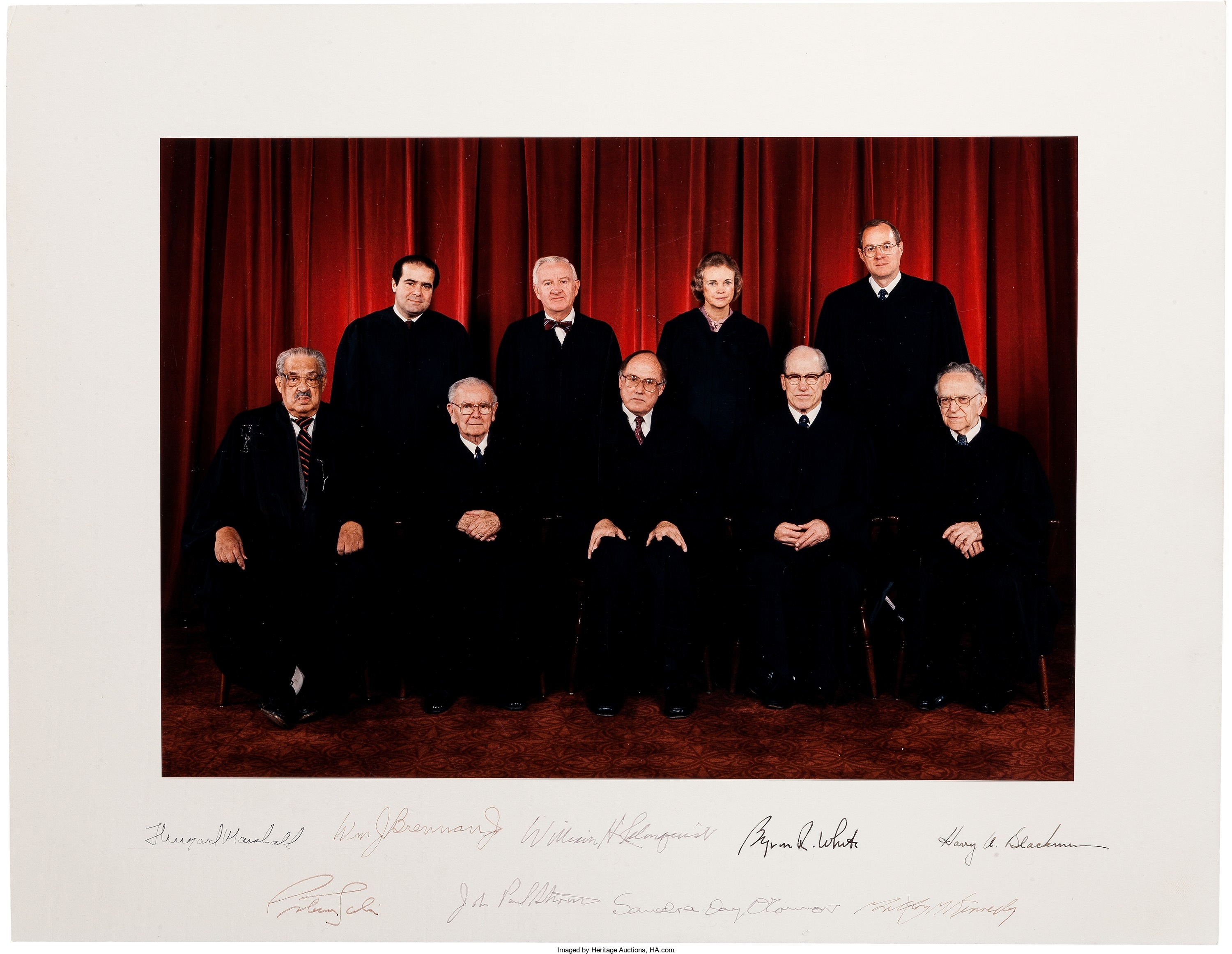
By Jim O’Neal
On June 17, 1986 – to the surprise of his colleagues, the public and President Reagan – Chief Justice of the U.S. Supreme Court Warren Burger submitted his resignation. After 17 years as head of the U.S. federal court system and within months of his 79th birthday, Burger wanted to devote all of his time to organizing ceremonies for the bicentennial of the U.S. Constitution in 1987.
Almost immediately, President Reagan announced his choice for Burger’s replacement: sitting Associate Justice William H. Rehnquist. Judge Antonin Scalia of the U.S. Court of Appeals for Washington, D.C., was selected to fill the vacant position. The Burger court had been surprisingly active in civil rights and President Reagan resolved to fill the vacancies with conservative, strict constitutionalists.
Rehnquist certainly met these criteria, as his 14-plus years on the bench validated. He made that abundantly clear during his confirmation hearings that opened July 30, 1986, by telling the Judiciary Committee they should not expect any change in his jurisprudence. His years on the court were on the record.
His primary opponent, Senator Edward Kennedy, acknowledged this, but also assailed the chief justice nominee in harsh terms, thundering, “By his own record, he is too extreme on race, on women’s rights, separation of church and state, and too extreme to be chief justice.” Kennedy’s assertions set the tone for two weeks of stormy testimony. No one dared to dispute Rehnquist’s powerful intellect or keen understanding of the law. He was just “out of the mainstream” – a standard ploy for any opposition.
After three months of divisive, acrimonious debate in the full Senate, he was confirmed 65-33. The 33 nays were the most votes ever cast against a nominee who won confirmation. Charles Evans Hughes prevailed in 1930 after a vote of 52-26, the previous record.
Scalia had a much easier time, perhaps because the partisan vitriol was exhausted on Rehnquist. The New Republic had earlier written, “A Scalia nomination makes political sense.” And a White House official had exclaimed, “What a political symbol! Nino would be the first Italian-Catholic on the court. He has nine children and everyone likes him. He’s a brilliant conservative. What more do you want?” Moreover, the 50-year-old Scalia was 10 years younger than the other possible candidate, Judge Robert Bork.
Even ideological foes were hard-pressed to challenge Scalia’s meritorious credentials. A product of New York public schools, he tied for first at Xavier High School, graduated at Georgetown University as valedictorian summa cum laude, and at Harvard Law was editor of the law review and a postgraduate fellow. This was followed by the law faculty at University of Virginia and appointments at Georgetown Law, the American Enterprise Institute, Stanford Law, and the University of Chicago Law School.
He sailed through the Judiciary Committee 18-0 and the full Senate 98-0. He served on the Supreme Court until his death last year. Strict constitutional conservatives are still in mourning over his loss.
The upcoming hearing on March 20 is designed to select his replacement. We will all have a ringside seat at what promises to be another Supreme Court soap opera, with gavel-to-gavel TV coverage ad nauseam.
 Intelligent Collector blogger JIM O’NEAL is an avid collector and history buff. He is president and CEO of Frito-Lay International [retired] and earlier served as chairman and CEO of PepsiCo Restaurants International [KFC Pizza Hut and Taco Bell].
Intelligent Collector blogger JIM O’NEAL is an avid collector and history buff. He is president and CEO of Frito-Lay International [retired] and earlier served as chairman and CEO of PepsiCo Restaurants International [KFC Pizza Hut and Taco Bell].
